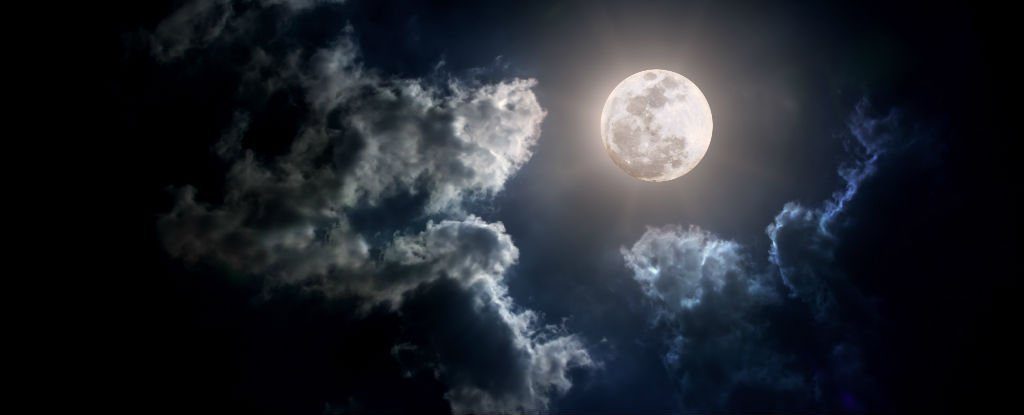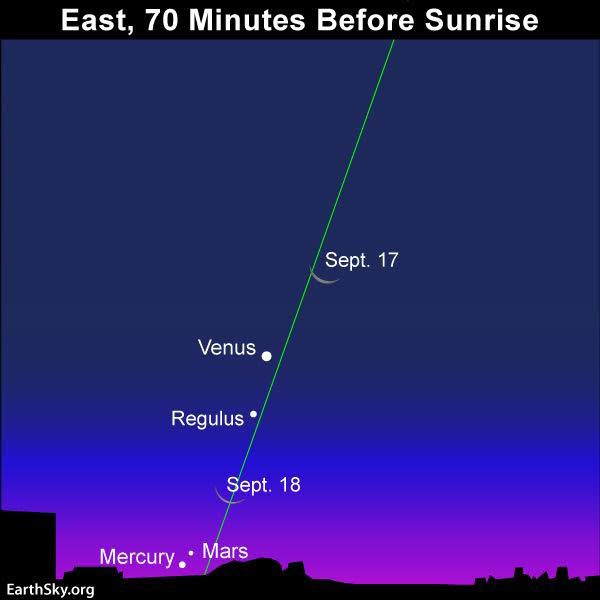
© Voraorn Ratanakorn/Shutterstock.com
On September 18, the Moon will pass in front of three planets and one of the brightest stars in our night sky, all in less than 24 hours, marking a special lunar occultation.
An occultation might sound like some creepy ritual, but it's actually just the term astronomers use to denote that one celestial body is blocking out another one in the sky. And as far as lunar occultations go, this one's a rare sight.
The Moon will be passing in front of Venus, then the
first-magnitude star Regulus, then Mars, and finally Mercury. As the Moon orbits our planet, it regularly travels in front of other objects in the sky,
but it's rare to get a planetary alignment quite like this one.The last time we had a lunar occultation of three planets within a 24-hour window was on 5 March 2008 (Mercury, Venus, and Neptune), and it won't be until 2036 when we get another one with three planets.
And when it comes to Regulus, it's one of
only four first-magnitude stars in our skies that can be occulted by the Moon - the other three are Aldebaran, Spica and Antares.
Now, unfortunately it may be a little tricky to spot these occultations unless you're in just the right location on Earth - and a telescope or at least binoculars will be necessary if you are.
In the US Eastern time zone, this will all be happening from Sunday evening to Monday evening - and just be warned, most of these probably won't be properly visible because they're not happening in the middle of the night.The events will start with Venus at 1am UTC, then Regulus at 5am UTC, then Mars at 8pm UTC and finish off with Mercury at 11pm UTC.
"But don't let that stop you from waking up early ... to get an eyeful of the moon, morning planets and Regulus all lining up in your eastern sky,"
writes Bruce McClure on EarthSky.
"Use the waning crescent moon and the dazzling planet Venus ... to seek out the grand alignment of the moon, planets and Regulus in your eastern sky some 90 to 60 minutes before sunrise."
The chart below, created specifically for North American mid-northern latitudes, shows what to expect from that alignment:
The Venus occultation proper will be best seen in Australia, New Zealand, and Indonesia - even though it will happen in the daytime, as long as you can see the Moon, just point your telescope at it when the time comes, as Venus is bright enough to be spotted during the day.
If you don't live anywhere with a chance to spot these particular occultations, there's always next time! Even if the alignments are not a triple treat like this one, they can still be fun to watch.
You can head over to
the website of the International Occultation Timing Association to see predictions for lunar occultations visible in your part of the world, and to find out more about them.
Bonus: watch this spectacular footage of Saturn as it emerges from behind the Moon during an occultation on 22 May 2007. Wow.


Reader Comments